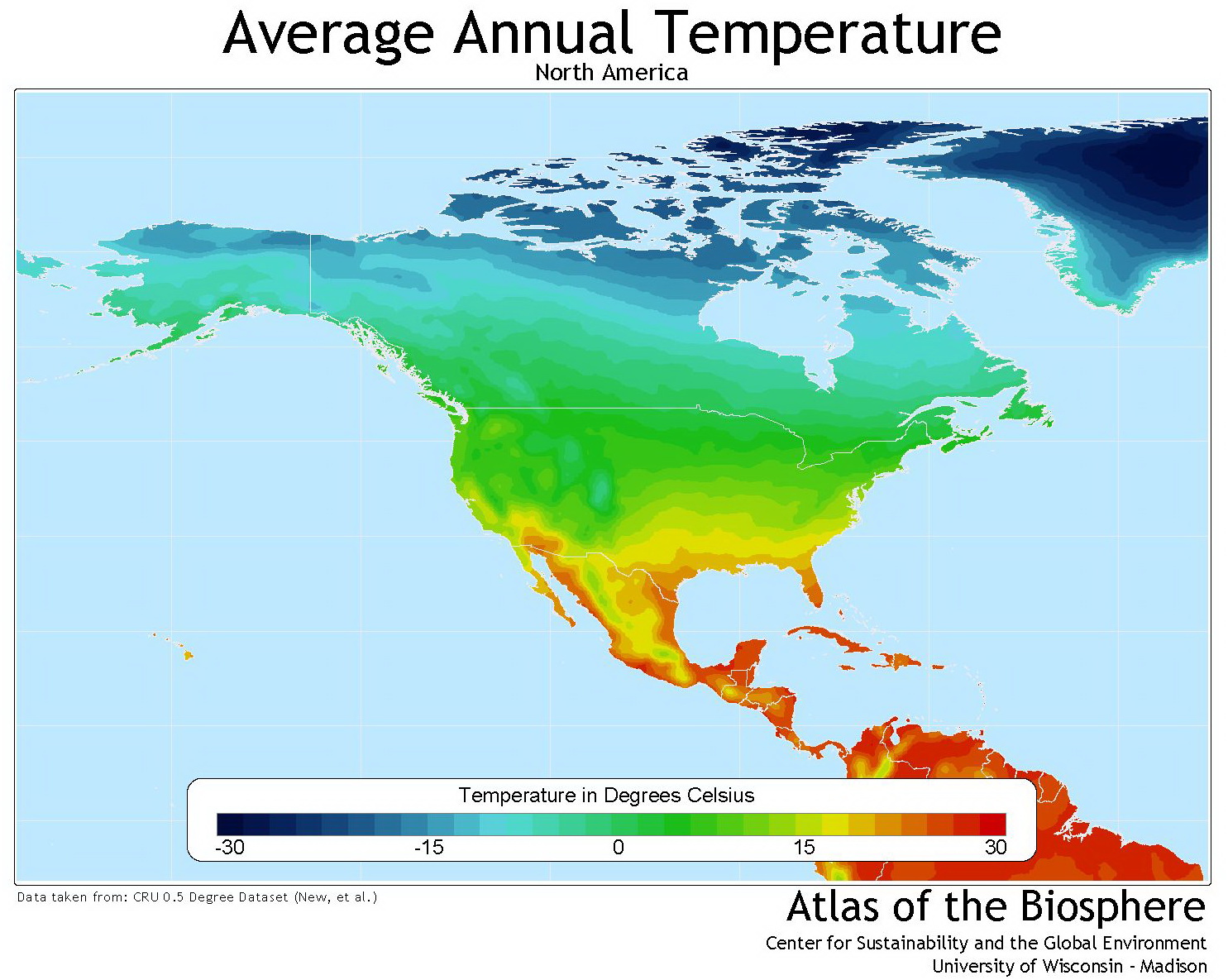The concept of "average" holds significant importance in the American context, shaping our understanding of various aspects of life, from income and education to health and lifestyle. In a diverse nation like the United States, where every individual has unique experiences and backgrounds, the average serves as a benchmark that can help us gauge collective trends and behaviors. It provides a window into the everyday life of Americans and allows us to draw comparisons across different demographics, regions, and industries.
The average in America reflects a multitude of factors, including economic conditions, cultural influences, and social norms. By analyzing these averages, we can uncover insights into the American experience, highlighting both achievements and challenges faced by citizens. Whether it’s understanding the average household income, educational attainment, or overall health metrics, these statistics play a crucial role in informing policy decisions and societal trends.
This article delves deep into various dimensions of what constitutes the "average in America." From income levels and education rates to health statistics and lifestyle choices, we will explore comprehensive data that reflects the reality of living in America today. As we navigate through this topic, we will also address some common questions and misconceptions surrounding averages, providing a clearer picture of what it means to be an average American.
What is the Average Household Income in America?
Household income is a vital statistic that reflects economic well-being. According to the U.S. Census Bureau, the average household income in America was approximately $68,000 in 2020. However, this number can vary significantly based on factors such as location, family size, and education level. Here are some key points to consider:
- The average income in urban areas tends to be higher than in rural areas.
- Households with two earners generally have a higher average income compared to single-earner households.
- Education plays a crucial role, with individuals holding advanced degrees often earning significantly more.
How Does Education Impact the Average in America?
Education is a critical factor that influences many aspects of life, including income and employment opportunities. The average educational attainment in America has risen over the years, with a growing number of individuals obtaining college degrees. Here’s a breakdown of educational statistics:
- Approximately 32% of Americans hold a bachelor's degree or higher.
- Higher educational attainment leads to higher average income levels.
- Education disparities exist across different racial and ethnic groups.
What are the Average Health Statistics in America?
Health is another area where averages provide valuable insight into the well-being of Americans. The average life expectancy in the U.S. is around 78 years, though this can vary based on a variety of factors such as socioeconomic status and access to healthcare. Some relevant health statistics include:
- About 40% of adults in America are considered obese.
- The average American spends approximately $11,000 per year on healthcare.
- Chronic diseases such as diabetes and heart disease are prevalent in the average American population.
What is the Average Lifestyle Like in America?
The average lifestyle in America can be characterized by various factors, including work-life balance, leisure activities, and spending habits. Americans spend their time in a variety of ways, and understanding these averages can provide a glimpse into daily life.
How Much Do Americans Spend on Leisure Activities?
Leisure spending is an essential aspect of lifestyle, influencing mental health and overall happiness. The average American spends about $3,000 annually on recreation and entertainment. This includes expenses on:
- Dining out at restaurants
- Travel and vacations
- Hobbies and sports activities
What is the Average Commute Time in America?
Commuting is a significant part of many Americans' daily routines. The average commute time has increased over the years, with many individuals spending around 26 minutes commuting to work each way. This can vary based on:
- Urban vs. rural living conditions
- Public transportation availability
- Remote work options
How Does the Average in America Compare to Other Countries?
When comparing averages, it is essential to consider how the American experience stacks up against other nations. For instance, the average income in the U.S. is higher than many countries, but so is the cost of living. While American households may enjoy higher average incomes, they also face unique challenges such as healthcare costs and housing prices.
What Are the Average Spending Habits of Americans?
Spending habits are a crucial aspect of understanding the average in America. On average, Americans allocate their budgets as follows:
- 30% on housing
- 15% on groceries
- 10% on transportation
- 5% on entertainment
What Does the Future Hold for the Average in America?
As America continues to evolve, so do the averages that define it. Economic changes, demographic shifts, and technological advancements will all play a role in shaping what it means to be "average" in America. Understanding these trends is crucial for policymakers, businesses, and individuals alike as they navigate the complexities of modern life.
In conclusion, the average in America offers a multi-dimensional view of life in the United States, encompassing everything from income and education to health and lifestyle. By examining these averages, we can better understand the challenges and opportunities facing Americans today and in the future.




